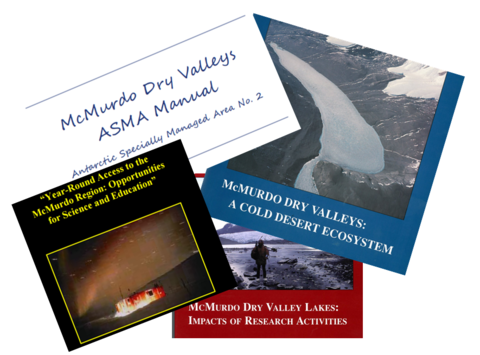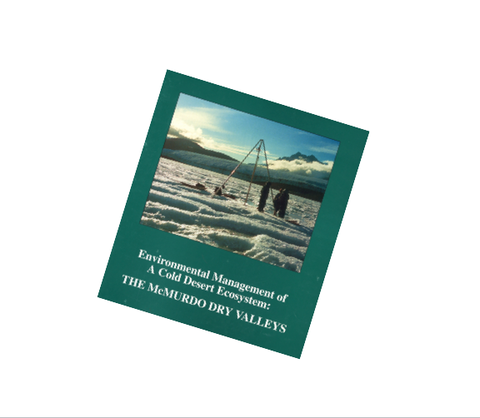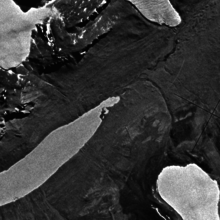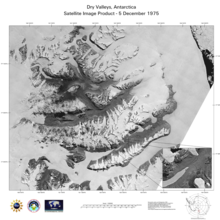

The continent of Antarctica has been formally set aside for scientific research, and the nations that have signed the Antarctic Treaty (official link, Wikipedia link) have agreed to defer territorial claims, plans for permanent settlement, and resource development. Antarctica is managed by many nations through the Antarctic Treaty System, not a single nation or agency. Antarctica remains a place where science can directly inform policy and scientists have a role to play in developing the rules by which they operate to preserve the form and function of these remote, novel landscapes.
The McMurdo Dry Valleys represent the largest ice-free portion of Antarctica. The valleys are composed of glaciers, lakes, streams, and soils. Because of the uniqueness of this landscape and fragile nature of the ecosystem, the McMurdo Dry Valleys are designated as an Antarctic Specially Managed Area (ASMA) as described by the Antarctic Treaty System. Thus, human presence and activities in the McMurdo Dry Valleys are carefully regulated with the goal of minimizing impact to this landscape and ecosystem.
In the 1990s, 3 Environmental Workshops, initiated by MCM LTER scientists in collaboration with NSF and international partners, were held to develop protocols for working in the Dry Valleys, the last of which was held in 1998. Formal reports were generated and published after each workshop (links below). These products have been used to develop management guidelines for the Dry Valleys.
McMurdo LTER scientists have been integral to the cooperative effort to responsibly conduct scientific field research in the Dry Valleys for over two decades and we continue to work with international collaborators, NSF, and other interested parties to reduce current and potential impact on this landscape and to maintain ecosystem function.




